In January, Health Assessment and Research for Communities (HARC) released its latest data on the health of the Coachella Valley. HARC has been tracking community health for the past ten years. This latest data marked their fourth survey and revealed an interesting picture of health in our region.
Mental/Behavioral Health
Local concern and attention on mental/behavioral health has been growing in recent years, and for good reason. Approximately 22% of Coachella Valley adults have been diagnosed with a mental health disorder; depressive disorders are the most common. To put local mental health in perspective, depression is more common than cancer in our region. Similarly, 18% of Coachella Valley children age three and older have been diagnosed with a mental health disorder, with ADD/ADHD appearing as the most commonly diagnosed disorder.
Obesity
Mirroring the rest of the country, obesity remains a substantial problem in the Coachella Valley, with 61% of adults falling into the “overweight” or “obese” BMI category, along with 49% of children (age two and older). The lack of change in this area may be because of a lack of education/awareness; less than 40% of adults believe they are overweight or obese, and less than 18% of parents/guardians believe their child is overweight/obese.
Until we recognize what obesity truly looks like, we are unlikely to take steps to change it.
Disability
This year’s survey includes more in-depth data on disabilities than prior surveys, identifying that approximately 22% of Coachella Valley adults are limited in their activities because of physical, mental, and/or emotional problems. About 10% of local adults are blind/low-vision, and about 11% are deaf/hard-of-hearing.
Health Insurance and the Affordable Care Act
Results showed that the rate of uninsured adults has dropped dramatically since 2013, due primarily to the Affordable Care Act and the considerable efforts to enroll uninsured individuals. In fact, the percent of uninsured adults of working age (18 to 64) locally went from 33% in 2013 to less than 14% in 2016.
While enrolling those who previously lacked insurance is critically important, the work doesn’t stop there. Ideally, all people would have insurance and obtain regular care from a primary care provider, thus providing a continuity of care. Unfortunately, this has yet to happen; in fact, survey results show that an increasing number of people are using urgent care facilities as their usual source of care. This frequent use of urgent care facilities for routine medical treatment may be because the most common barrier to accessing health care is lack of understanding of what is covered by insurance plans.
…and More
The survey contains a wealth of other information, such as major disease; sexual health; health behaviors such as drinking and smoking; food insecurity; and a wide variety of demographic measures.
While this data is extensive, it is truly just the tip of the iceberg in terms of information possibilities. HARC is actively seeking funding to produce special reports on topics of interest, such as mental health, senior health, and health disparities between the East and West Valley, among others. These special reports will provide in-depth insights into the data that are not otherwise available and will be enhanced with maps and local resources. Once funded, these reports will be posted on HARC’s website for the public to access, so visit regularly for updates.
HARC’s community health data is available online via a downloadable report and a searchable database that contains more in-depth information. Data can be accessed for free on HARC’s website: harcdata.org/coachella-valley-community-health-survey.

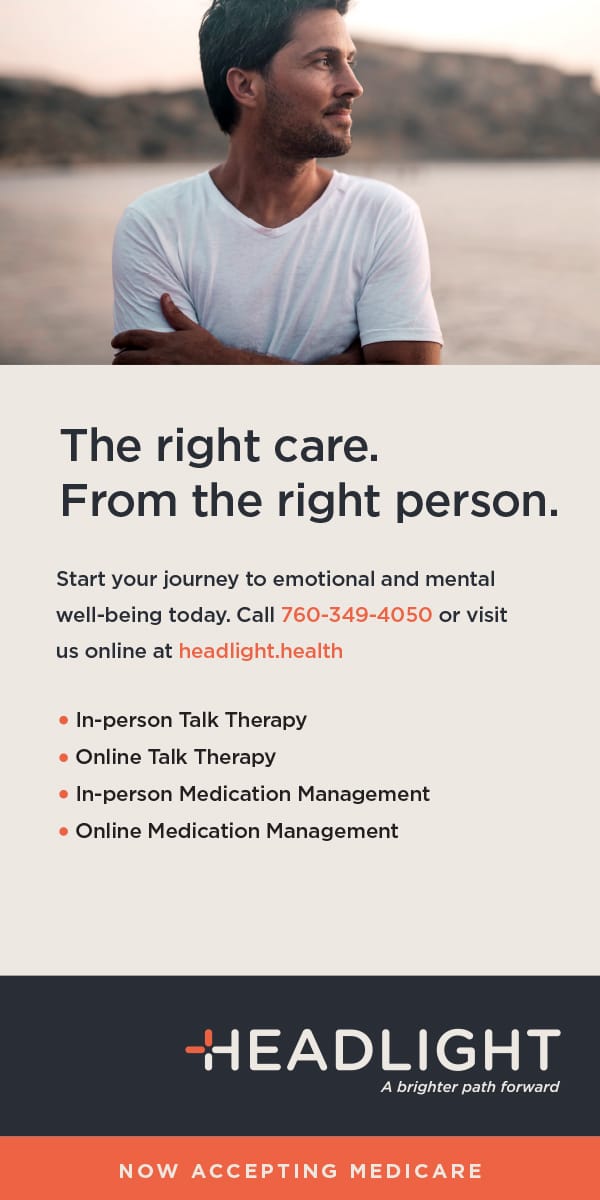






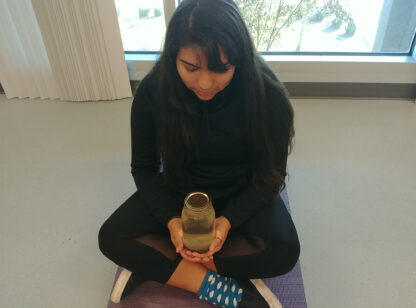




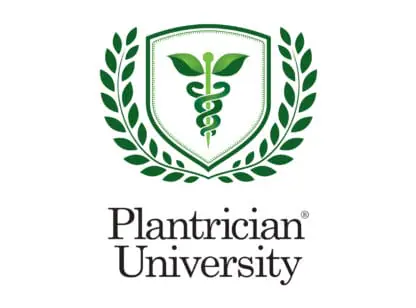
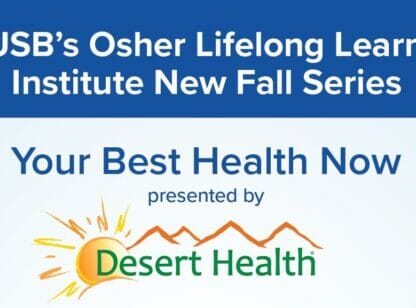







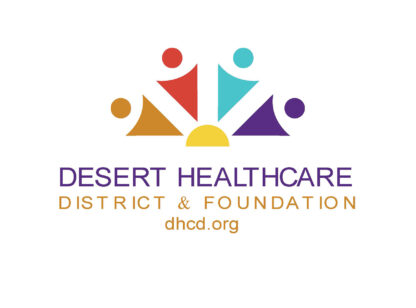














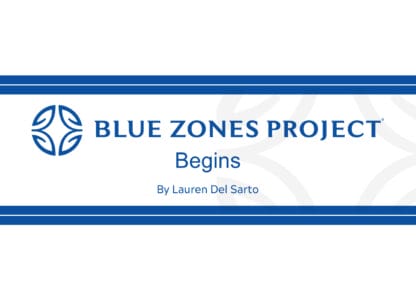
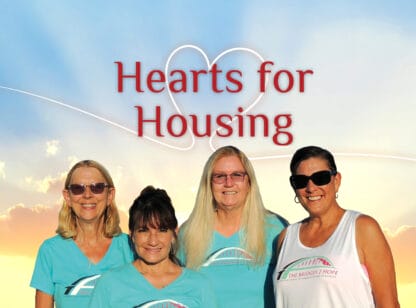











Comments (0)